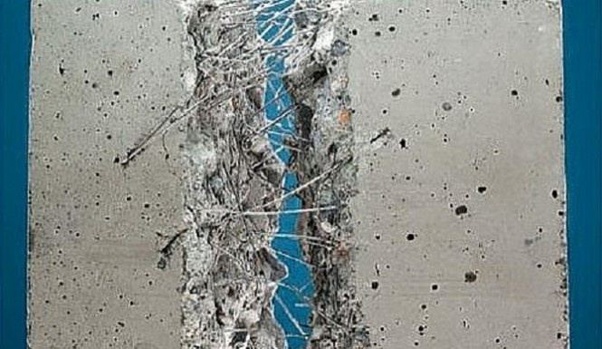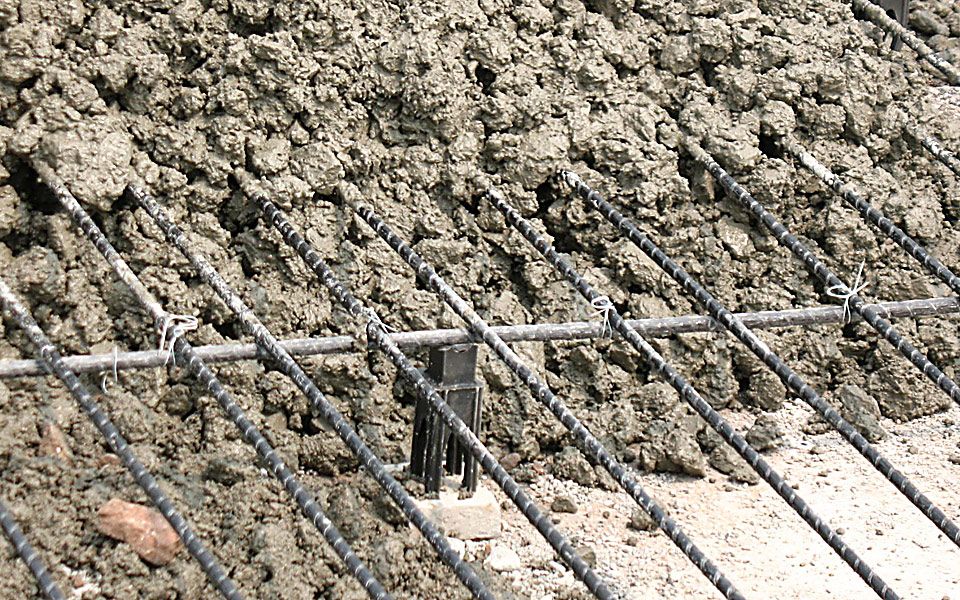Reinforced concrete is an essential tool used in all areas of construction. Concrete is an amazing material in that it can resist compression, fire, and chemicals, but it is weak in tension. Compression force is one that pushes material together while tension force pulls material apart.

By combining concrete with reinforcements, we give concrete the ability to resist tension and increase its overall tensile strength and ductility. Reinforcement must be added where tension occurs when the structure deflects under load. This keeps cracks small and prevents areas from braking off completely. The steel will handle the load once the concrete cracks while the concrete protects it from corrosion, they really are the perfect pair.
There are many different types of reinforcements that can be used, the two most commonly found are rebar and fibers.
Fibers are small, generally a few inches in length, and are used in more complicated or thin structures where rebar is too big to be placed. They provide dense distribution of micro-reinforcement to stop cracks from growing, increasing the concrete’s toughness. However, they also come with some challenges. Because fibers are randomly oriented in the concrete it is tough to predict how fibers will perform. Fibers also increase the cost of your concrete by 10-15%. You will also have to adjust you mix proportions as well as finishing practices as the fibers will protrude from the concrete surface.

From a producer’s perspective, fiber can be used as an additional revenue source. Fiber feeders are often installed on volumetric mixers to give the producer the flexibility to meet any customer demands. See how the fiber feeders are set-up on volumetric mixers in this photo:

Rebar is used in bigger structures with high tensile stresses. They have deformations stamped into their surface which allows them to bond or grab onto the concrete, keeping everything in one piece. Rebar provides more predictable performance as its length and size allow it to be strategically placed in areas of tension. Rebar’s biggest weakness is corrosion so it must be embedded at a proper cover depth to keep out chemicals and prevent oxidization.

Wondering which of these two reinforcements to use? Together, rebar and fibers make a good combination. Rebar takes on the majority of the load while the fibers act as an extra safety factor to keep cracks small, resulting in a great tool for long lasting concrete.
Reinforced concrete is used everywhere around you, from bridges to skyscrapers to flowerpots. This amazing invention has completely revolutionized the construction industry and grown to be a necessary addition to the worlds number one building material.